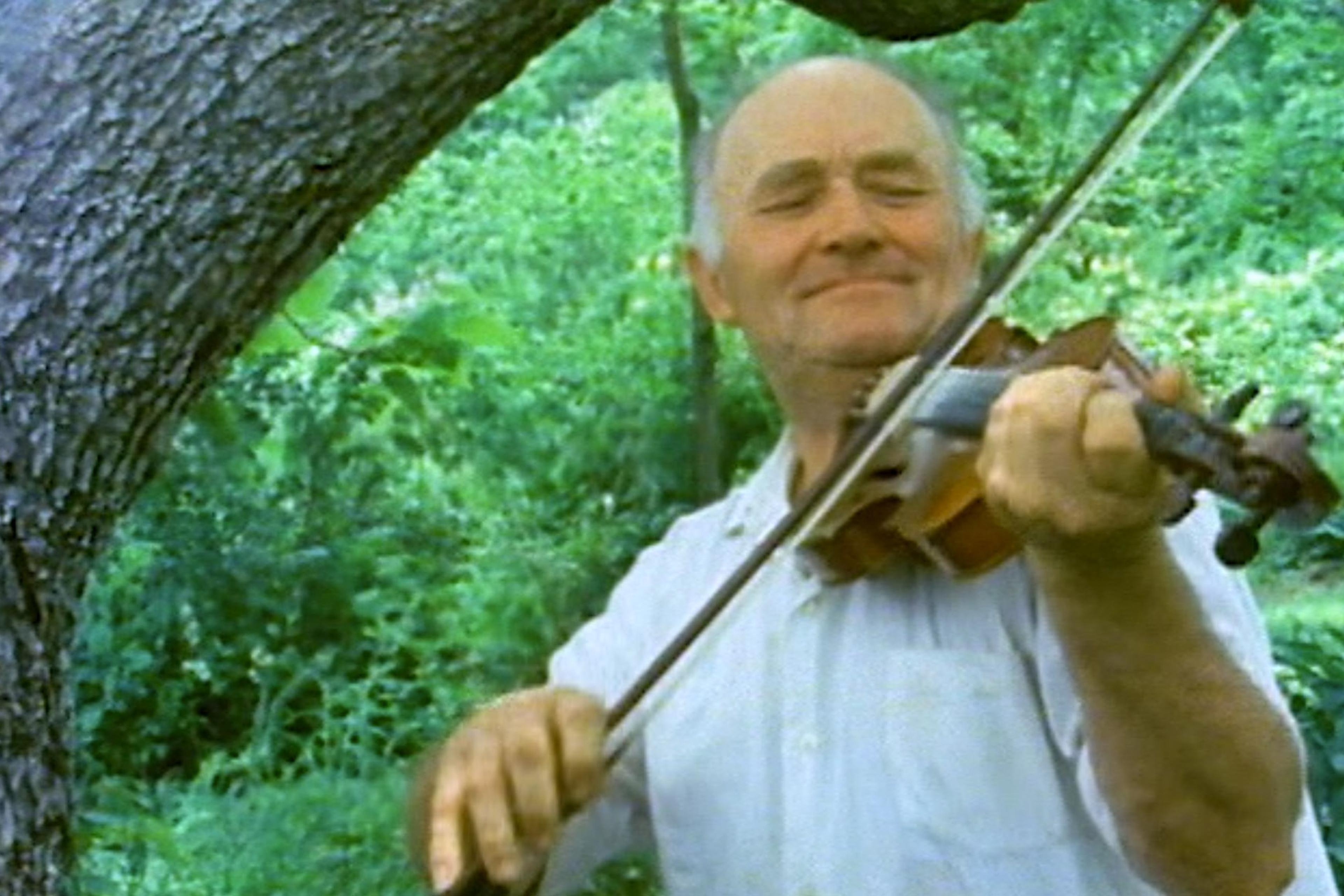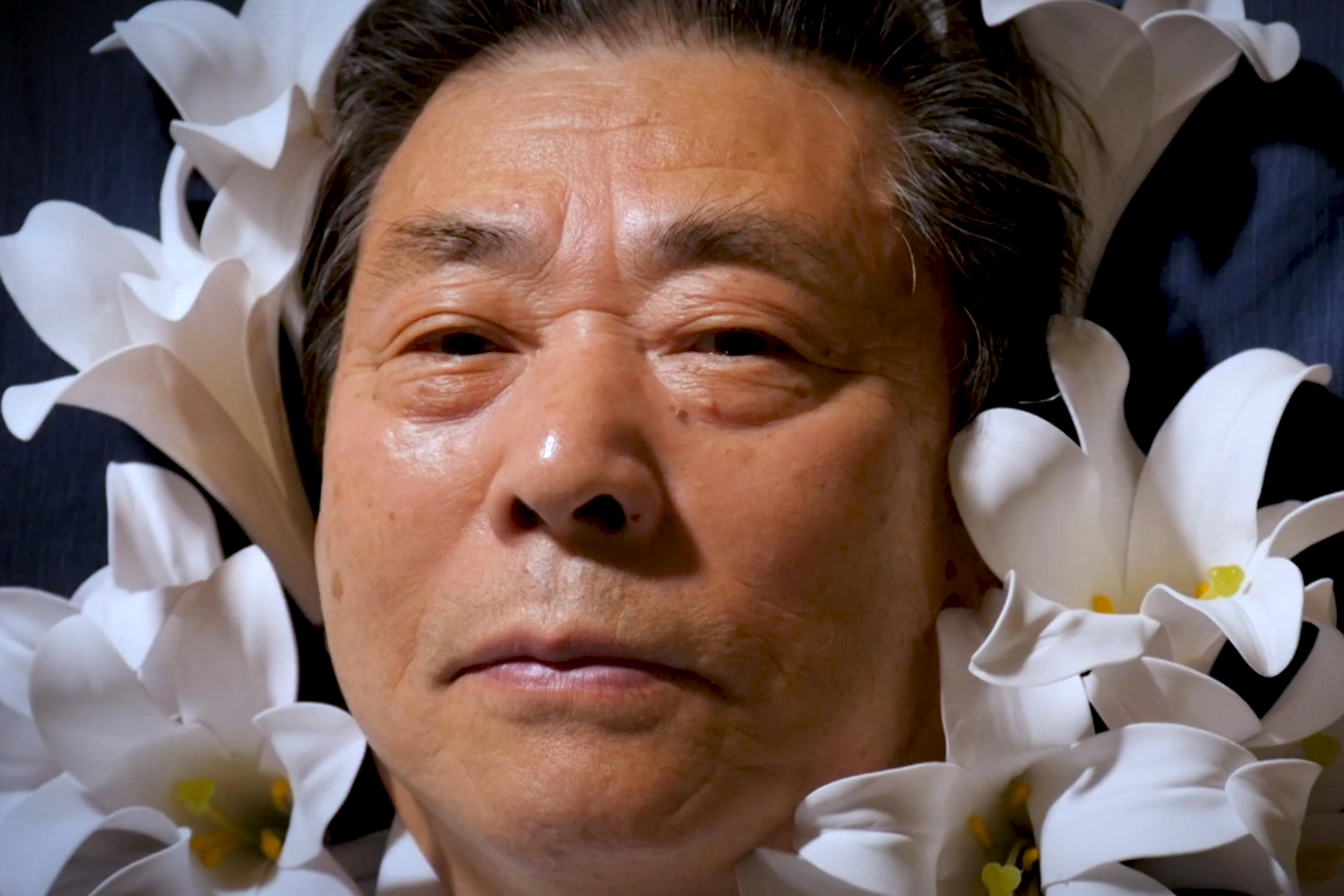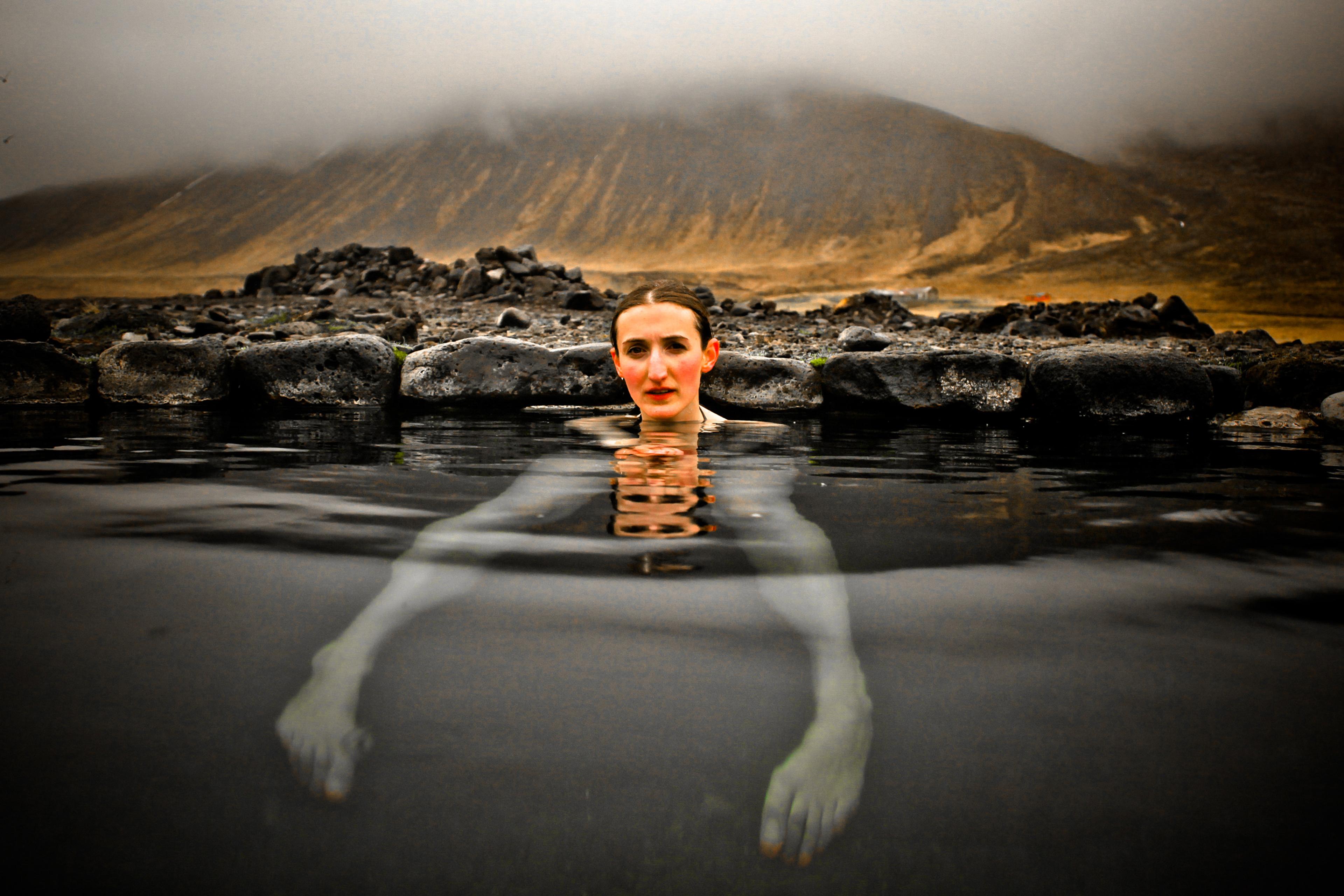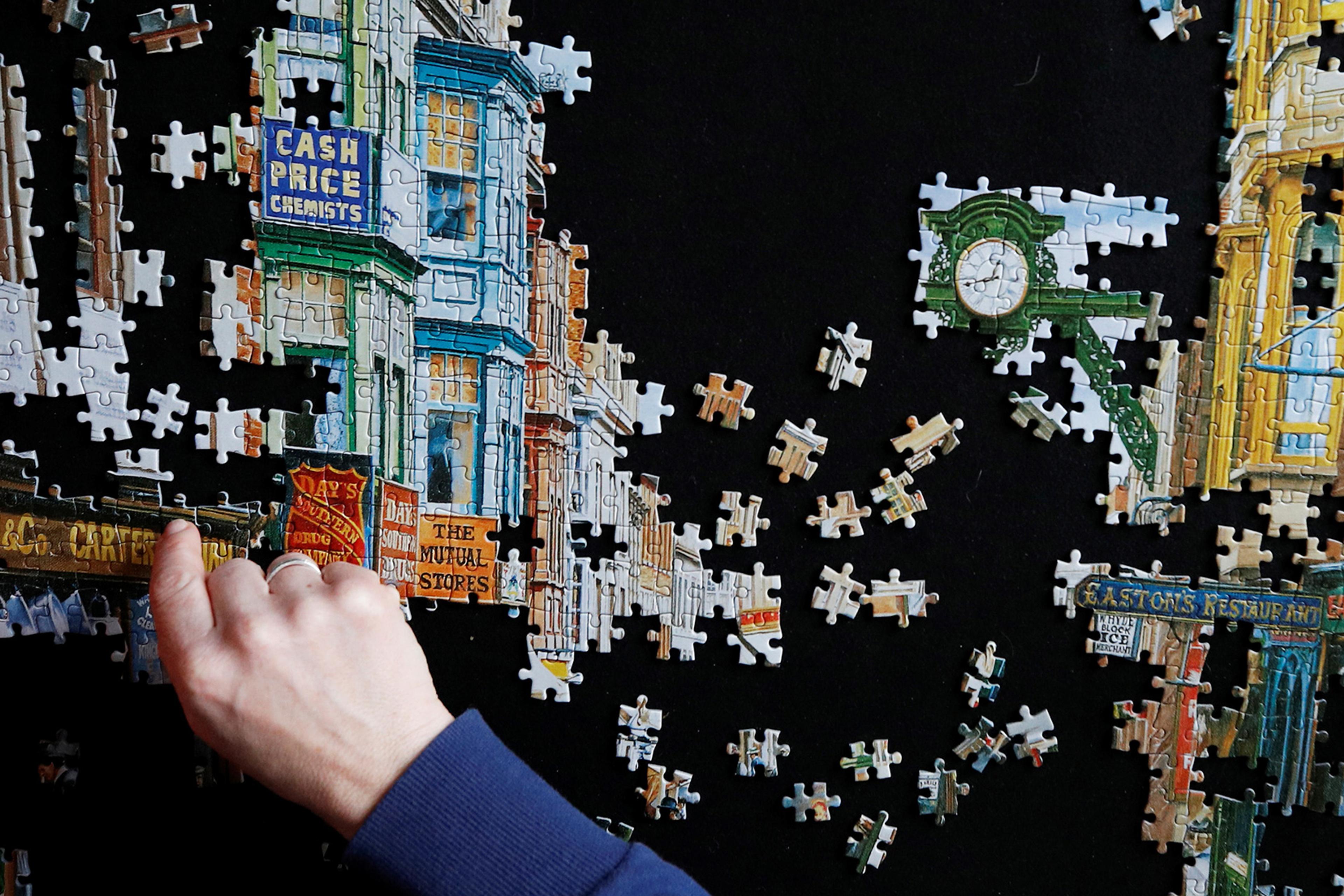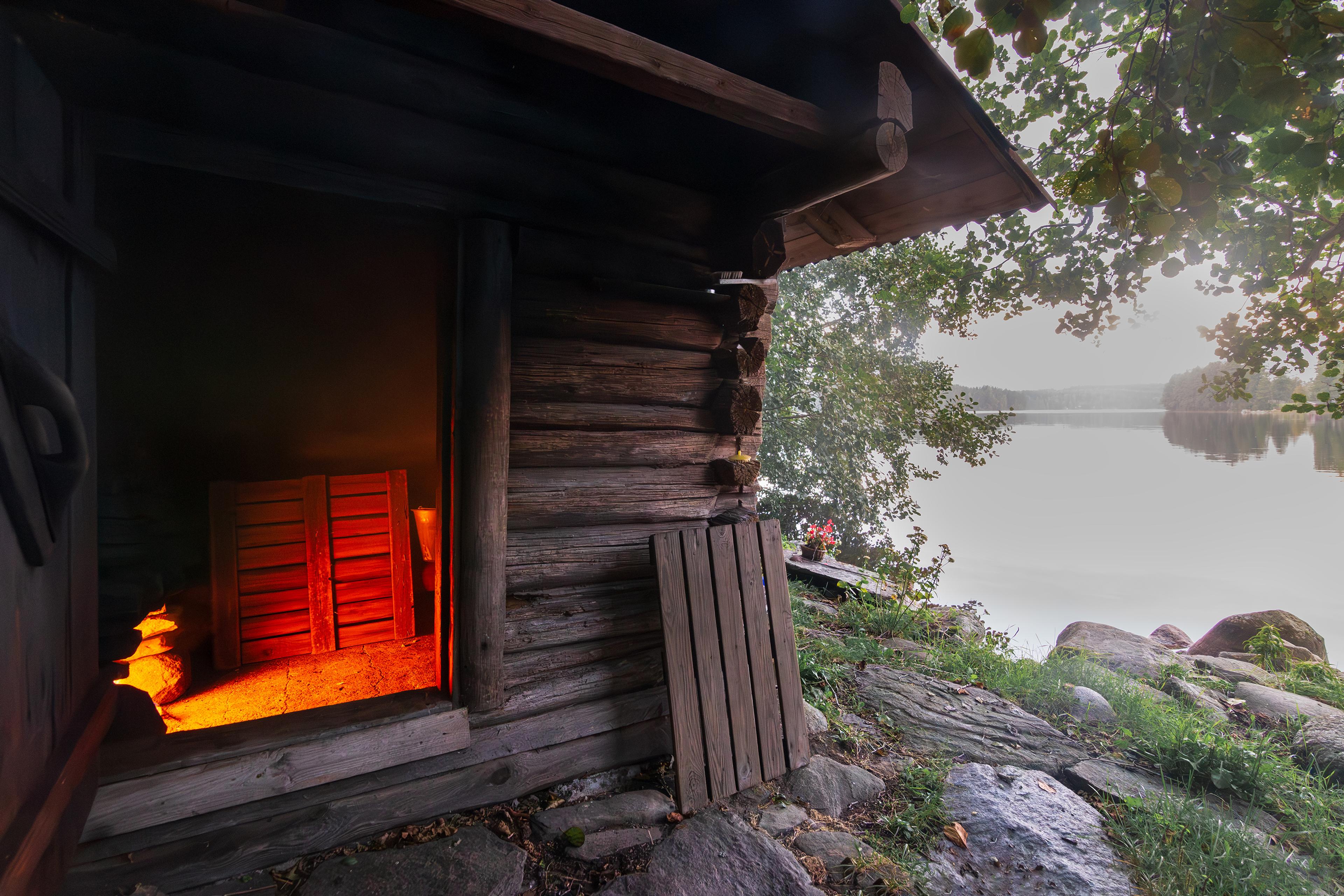‘The aroma of this house was beautiful. Smell of the earth, smell of the wood, smell of the smoke … I felt life, a very healthy life, being led in that space.’
This is how the Japanese architect Yoshihiro Takishita describes his experience of first entering what would become his home for more than 50 years. At the time, in 1965, he was still a university student without any thought of practising architecture. The building he entered was a minka, a type of traditional farmhouse in Japan. Already about 250 years old then, the minka was going to be destroyed by the construction of the Kuzuryu Dam. Instead, with help from his family and along with his American friend John Roderick, Takishita transported it from Fukui Prefecture to the forested Tokyo suburb of Kamakura. Rebuilding the house set him on a path of becoming an architect expert in relocating and reconstructing minka, always relying on the skills of traditional carpenters and craftsmen. This first minka was a home he shared with Roderick for the next four decades.
The US filmmaker Davina Pardo completed the short documentary Minka in 2008, just after Roderick’s death at 93. Older than Takishita by 31 years, Roderick was a foreign correspondent for the Associated Press who spent most of his time in Japan from the late-1950s until close to the end of his life. The deep relationship between the two men, formalised through Roderick’s adoption of Takishita as his son, is at the heart of the film, with the younger man’s words, memories and photographs conjuring a rich yet elusive sense of the life they shared together. What’s eminently clear, though, is that the minka in which they lived, a space they shaped together and on which they left their mark, in turn shaped each of them.
Takishita invokes this interplay between the minka and their lives in various ways, and Pardo deepens this dynamic relationship with her own subtle, but resonant choices. Moving fluidly backward and forward in time, she allows a few sentences from Takishita or a sequence of photographs or a peaceful view of a room to evoke rather than define the relationship between the two men and the minka itself. In a series of images that perfectly embodies the notion of interconnectedness permeating Takishita’s understanding of the house, Pardo cuts from a shot of a wood-burning stove to a steaming teacup to Takishita sighing to a smoking chimney to rain drops, creating the sense that each element is part of a living, breathing whole.
This sort of visual and sonic poetry ripples throughout the film, giving us a wonderfully experiential, sensorial immersion into the relationships between architecture and nature, place and people’s lives. In another moment, Takishita points out his ‘graveyard’: a pile of beams from other minka, wood that is now rotting back to earth, surrounded by trees that themselves could be used to build a home. His sense of a cyclical rhythm at play imbues his words describing first entering the minka with a Janus-like perspective on time, the life he felt being lived in that space, belonging to those who had been there before, and to himself and Roderick in the years to come.
Written by Kellen Quinn
